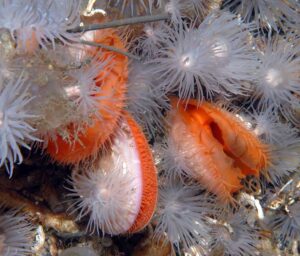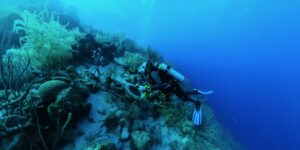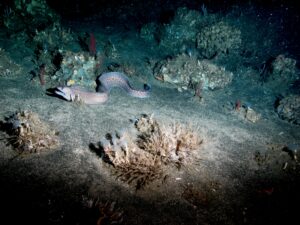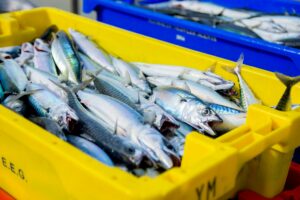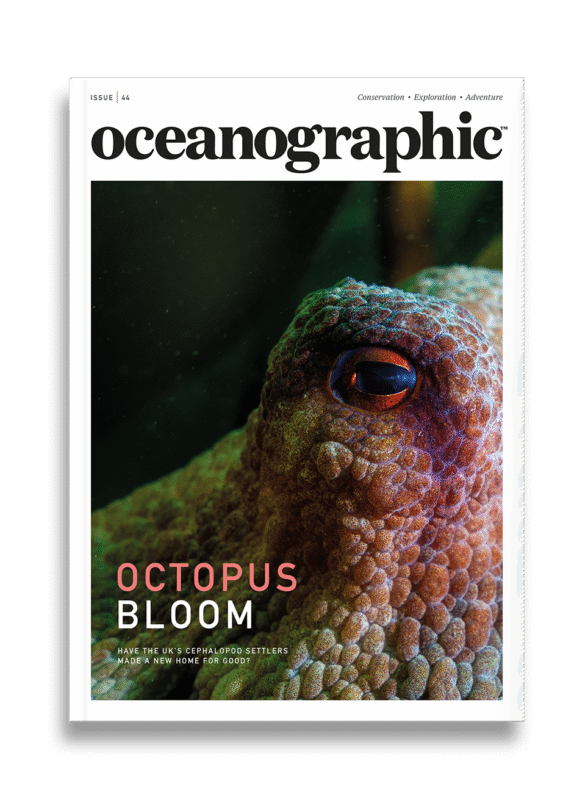Deep-sea mining threatens habitats of 30 sharks and rays species
The habitats of 30 species of sharks, rays, and chimaeras have been found to overlap with areas where proposed deep-sea mining may occur - placing an already threatened species critical to the health of the ocean at greater risk.
The habitats of 30 species of sharks, rays, and chimaeras – otherwise known as ghost sharks – have been found to overlap with areas where proposed deep-sea mining may occur – placing an already threatened species critical to the health of the ocean at greater risk.
In fact, nearly two-thirds of the species are already facing extinction due to human impacts such as overfishing or bycatch.
Deep-sea mining will not only disrupt the seafloor by discharging large plumes of sediment into the water above, it now has the potential to elevate species extinction risk.
“Deep-sea mining is a new potential threat to this group of animals which are both vital in the ocean ecosystem and to human culture and identity,” said Aaron Judah, lead author of the study responsible for these findings and an oceanographic graduate student at the University of Hawai’i Manoa School of Ocean and Earth Science and Technology.
“By identifying and calling attention to this threat and recommending potential conservation pathways, I hope we will be better positioned to support healthy shark, ray, and chimaera populations into the future.”
To bring this study to light, Judah collaborated with an international team of experts to overlay the global maps of species created by the IUCN Shark Specialist Group with contract areas and reserved areas allocated for deep-sea mining by the International Seabed Authority.
The researchers also accounted for how each species reproduces and how deep they dive in order to estimate their vulnerability to mining impacts. Species such as skates and chimaeras, for example, lay eggs on the seafloor. Mining vehicles would therefore pose a severe threat to these species’ nurseries.
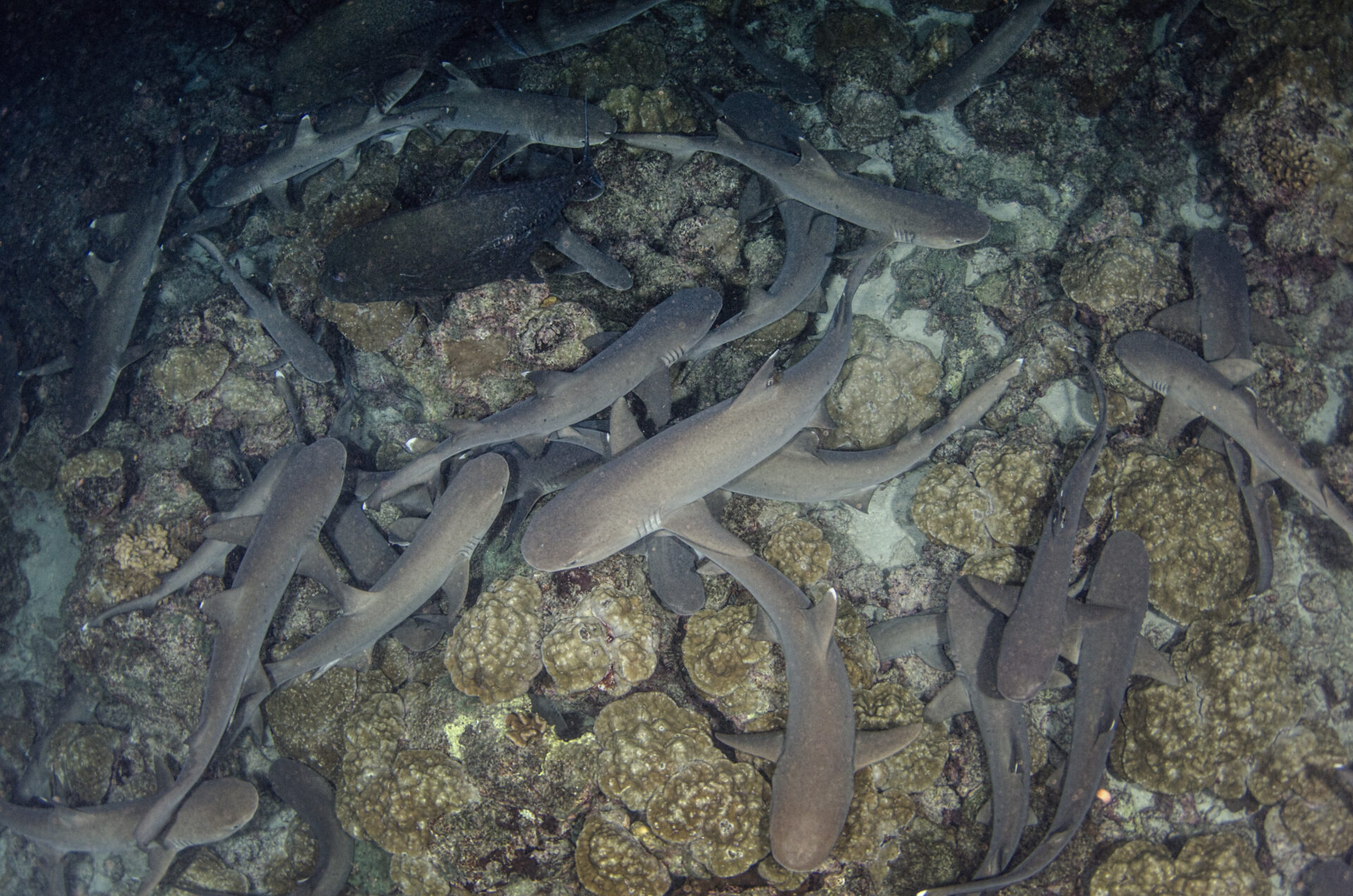
Species assessed in the study include the whale shark, manta ray, and the megamouth shark alongside some lesser known deep-sea species such as the pygmy shark, chocolate skate, and point-nosed chimaera, which come from a group of cartilaginous fishes similar to sharks and rays, sometimes called ghost sharks.
The team discovered that 30 species could be impacted by discharge plumes and 25 of the 30 species could also be impacted by seafloor disruptions associated with mining. They also found that because many of the species inhabit a variety of habitats along the depth range or are deep divers, mining impacts may overlap more than half of the depth range of 17 species.
A proverbial Sword of Damocles, the threat of deep-sea mining has been hanging over the Pacific Ocean’s Clarion-Clipperton Zone for months. Since then, scientists have been calling for in-depth studies into the region to fully assess the impact of deep-sea mining upon the marine life that lives there as well as the communities dependent on their survival.
“Sharks and their relatives are the second most threatened vertebrate group on the planet, mostly from overfishing,” said Jeff Drazen, the study’s senior author and professor of Oceanography at SOEST.
“Because of their vulnerability, they should be considered in ongoing discussions of the environmental risks from deep-sea mining, and those responsible for monitoring their health should be aware that mining could pose an additional risk.”
The authors of the study have offered a number of recommendations to improve conservation of these species under the footprint of mining, such as establishing monitoring programmes, including them in environmental impact assessments, and creating protected areas.
“Many of the shark species identified in the analysis are highly mobile and can move across wide swathes of ocean,” said Judah. “Given their mobility and proximity of Hawai’i to the areas allocated to mining, impacts in these areas may stretch indirectly to ecosystems near the island chain.”
The study, entitled ‘Deep-sea mining risks for sharks, rays, and chimaeras’, has been published in the scientific journal, Current Biology.


"*" indicates required fields
Printed editions
Current issue
Back issues

Back Issues
Issue 43 Sir David Attenborough’s ‘Ocean’

Back Issues
Issue 41 Holdfast to the canopy
Enjoy so much more from Oceanographic Magazine by becoming a subscriber.
A range of subscription options are available.

